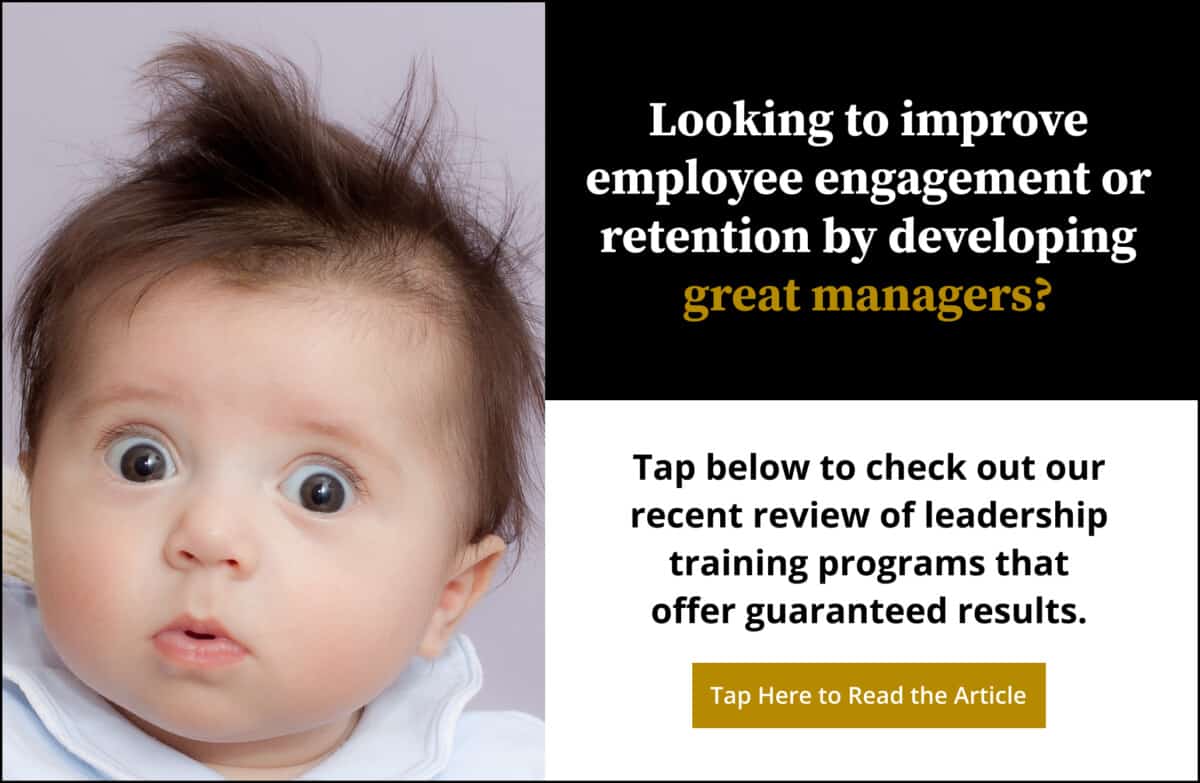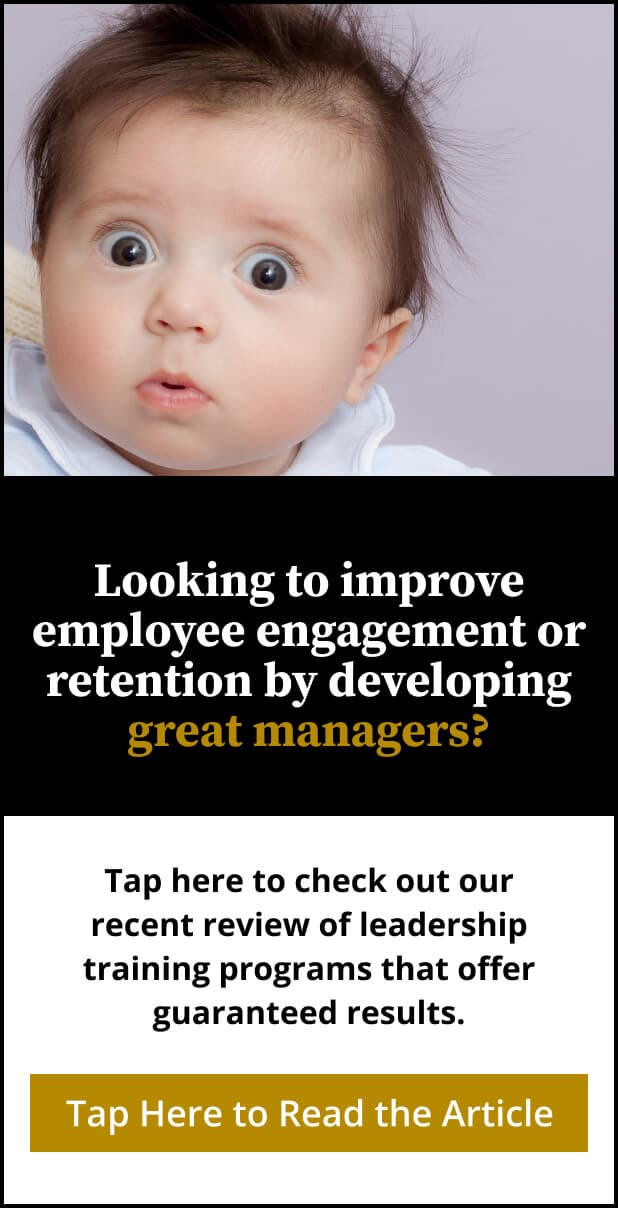Share:

Organizational culture is the primary factor that determines how well an organization executes on every other aspect of organizational performance.
Because it has a tremendous impact on the overall success of an organization and employee satisfaction, it is essential to create and grow a culture that has buy-in from employees at all levels of the organization.
But how do you develop a culture that will grow your organization and foster a work environment where employees thrive?
The development of organizational culture starts with strong leadership, is interwoven with business strategy, and organically grows from the bottom up. Culture is built on a strong mission, guided by an authentic vision, and reinforced by a system of values that unites employees around a shared purpose.
Understanding what constitutes “culture” and why it’s such a vital part of an organization’s performance is key to developing an organizational culture that, when combined with organizational strategy, produces great results.
In this article, we will discuss what organizational culture is (and isn’t), examine why culture is so important to the success of an organization, and explore how a strong organizational culture that continually reinforces its values and engages and motivates employees can develop in a sound and sustainable way.


What Organizational Culture Isn’t
As we’ve mentioned, organizational culture may be the most complex aspect of running a business. For this reason, it’s been the subject of countless books, articles, and blog posts over the last few years.
Organizational culture has been written about extensively and from a variety of perspectives and experiences in an attempt to pin down what exactly culture is—how we define it, how we build it, how it evolves, and how we make it work for us—so that we may better engage employees with the work they do and ensure the survival of the organization in an environment of constant change.
Often, when people talk about organizational culture, and increasingly in job descriptions, the focus is on tangible perks and policies such as casual dress codes, break room snack offerings, elaborate team-building events, free parking, employee happy hours, and even on-site volleyball courts and ping-pong tables.
These perks and policies certainly can be appealing. They may give the potential job candidate the impression of a laid-back, tight-knit, highly social environment where employees play as hard as they work—who doesn’t want to work in a place like that?
Though surface-level perks can be a fun part of a company’s culture, and even enhance a well-established culture, they neither define nor serve as a foundation for a strong organizational culture.
They also tell us little about a company’s mission, vision, or values, which are all at the heart of organizational culture, nor do they provide any real insight into the less tangible benefits they provide to employees.
What Organizational Culture Is
According to Michael D. Watkins at Harvard Business Review, while organizational culture has been defined in many different ways, it is, at its most basic level, a consistent, observable pattern of behavior in companies, with repeated behaviors or habits at its core.
These behaviors and habits are shaped by a shared sense of awareness and understanding. Reinforcing them is a continual process for leaders and their teams.
The characteristics of a company’s culture may not be written as plainly as a company’s mission statement, but a culture can grow out of a mission, and its characteristics influence and provide a model for employee behavior.
The goal of organizational culture should be to ensure that there is alignment between the values of the organization and the values of employees. When employees feel good about the work they do and feel that it matches their beliefs and values, they will be more engaged in their work and perform at a higher level.
Being able to attract, engage, and retain top talent determines a company’s ability not only to survive, but to thrive, even in difficult times. Culture is a driver of all these factors and, therefore, a driver of long-term, sustained success.
This is why so much of a company’s long-term success hinges on a leader’s ability to lay the groundwork for an authentic culture that employees are on board with and reinforce through their own daily behaviors and habits.
Within the framework of this culture, employees should be motivated and able to work efficiently and with a sense that they are working toward a common goal that goes beyond the bottom line. The culture should not only guide them in their attitudes and behaviors but also provide the motivation they need to succeed in their roles and remain engaged with their work.
Culture should be participatory and foster collaboration and open, frequent communication between employees and senior management.
Why Organizational Culture Is So Important
Organizational culture is important because it is the primary factor for determining how well an organization executes on every other aspect of organizational performance. Culture may also be the most important competitive advantage because it is the hardest to copy.
Because it is so hard to copy and affects the organization at so many levels and in so many ways, particularly where employee engagement and retention are concerned, culture can be both a company’s greatest asset and its greatest challenge to develop and maintain.
Many of the obstacles on the path to success for companies include high turnover rates, little to no innovation, lack of employee buy-in and loyalty, employee disengagement, customer dissatisfaction, poor decision-making, and lack of transparency and accountability.
These obstacles can be identified and overcome by fostering a healthy, caring organizational culture that values employees, supports their continued development, encourages them to take ownership, and inspires them to perform at their highest level for the good of the company, the client, and their own satisfaction.
As I discussed in the article The Most Important Part Of Company Culture Is Caring Leadership, when employees can see how their work is contributing to a cause they value—something much bigger than simply “hitting the numbers”—they are more inspired to come to work and to go the extra mile.
A caring organizational culture can boost retention, improve performance, attract talent, and help reinforce a company’s brand. It also makes employees better at client relations, which helps the company build a positive reputation.


Developing Organizational Culture
Organizational cultures can be as unique as personalities, with a leader’s perceptions and values playing a significant role in what the culture is and how it develops.
Truly, strong leadership is the key to developing and maintaining an authentic organizational culture that values and demonstrates care for employees, but employees should always be a part of the process that shapes it.
Out of strong leadership, culture should organically grow and be communicated to employees, who reinforce the culture through their behaviors.
Because so much of organizational culture is embedded in unspoken behaviors, mindsets, and social patterns, some leaders struggle to identify the necessary components of a strong organizational culture and how to grow the culture they want.
Striking just the right balance for your organization can require a unique combination of top-down and bottom-up approaches, with leaders using their in-depth knowledge of the organization’s goals and challenges to set the tone and employees shaping the workplace environment and behaviors.
An effective organizational culture is one in which employees are motivated, engaged, performing at a high level, and able to work together to achieve a common goal. There is a strong social component to it that, when it functions properly, helps to build trust within teams and between teams and senior leadership.
Culture helps build an organization’s identity, shapes and conveys its values, and keeps its vision coherent. For this reason, it is a necessary part of the process to establish alignment between culture and business strategy.
Culture should be interwoven with all aspects of a company’s strategy so that each supports and reinforces the other to ensure alignment. All policies, procedures, benefits, and perks should be shaped by culture, reflect an awareness of employee needs, and connect the dots between organizational values and the work employees do.
While we can look at other organizations and identify the cultural strengths that have helped make them successful, or consider the cultural missteps that have hurt them, it’s important to always keep in mind: culture cannot be copied.
To build strong cultures that reinforce more of the behaviors we want to see at all levels of the organization, leaders need to craft cultures that go beyond surface-level perks and benefits.
This requires real effort and foresight on the part of leadership, as well as a strong conviction that the well-being of your employees matters.
Sand volleyball and ping-pong tables aside, team-building is an important function of organizational culture. The team you build should be able to work effectively and harmoniously together, with the shared goal of moving the company forward.
They should also feel good about the work they are doing and invested in and part of the success of the organization.
The surface-level perks listed in job descriptions may attract applicants, though, with more employees working remotely now, their appeal is likely more limited. But it is really how you treat employees and your ability to create a shared vision and sense of purpose that will help you engage employees and grow your organization.
The ideal culture will create a work environment where employees feel that leadership values their health and well-being, they feel inspired to succeed, they feel encouraged to grow and develop personally and professionally, and they feel their feedback is valuable to the success of the company.
Organizational culture has to develop in an authentic way to produce these results. This is why it is so important for leaders to set the tone for a culture that values people over profits by truly caring for their employees.
In turn, employees will care for their organizations.
Maintaining Alignment Between Philosophy and Practice
When trying to coordinate and motivate a group of people with diverse backgrounds, experiences, and personalities to work together harmoniously in a way that will benefit the company and positively impact the lives of others, toxic situations can arise, despite our best efforts.
It is your job as a leader to ensure you provide the ideal working conditions for employees to thrive.
But it is also leadership’s role to identify and eliminate inconsistencies between cultural philosophy and daily practice that could create a toxic environment for employees.
If an organization espouses a culture of innovation but does not have a strong feedback system in place in which employees are given a platform for idea generation or process improvement, that organization is not practicing a culture of innovation.
A company that touts a culture of care and well-being but expects employees to put in long hours on a regular basis and makes it difficult for employees to use the leave time they are entitled to is not truly practicing a culture that values employees and employee well-being.
An organization that doesn’t have a strong culture, or that professes to have a culture that values employees but doesn’t put that culture into practice on a daily basis, will see high turnover rates, lack of employee engagement, actively disengaged employees, and poor performance.
These kinds of inconsistencies can lead to a work environment that is toxic and undermines any efforts of senior leadership to take an employee-focused approach to management.
Additionally, addressing toxic situations when they arise as soon as possible so they don’t hinder the development of a positive culture or cause more serious and long-lasting problems is key to maintaining the kind of culture you should want as a leader.
Culture can either be your organization’s greatest strength or its most harmful weakness. It’s important to recognize the signs of a bad culture early enough to fix them before they significantly impact morale.
When not managed properly, a company’s culture (or lack thereof) can make it less adaptable to change, and it can alienate employees. To weather the future, it is essential for leaders to nurture the development of a culture that consistently demonstrates to employees that they are valued and vital to the success of the organization.

Matt Tenney has been working to help organizations develop leaders who improve employee engagement and performance since 2012. He is the author of three leadership books, including the groundbreaking, highly acclaimed book Inspire Greatness: How to Motivate Employees with a Simple, Repeatable, Scalable Process.
Matt’s ideas have been featured in major media outlets and his clients include numerous national associations and Fortune 500 companies.
He is often invited to deliver keynote speeches at conferences and leadership meetings, and is known for delivering valuable, actionable insights in a way that is memorable and deeply inspiring.


